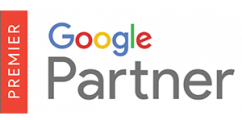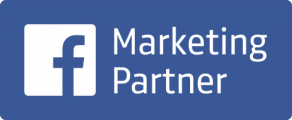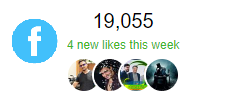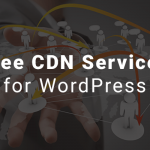
What is PPC and how does it work?
PPC stands for pay-per-click, a model of i online marketing in which advertisers pay a fee each time one of their ads is clicked. Essentially, it’s a way of buying visits to your site, rather than attempting to “earn” those visits organically. Search engine advertising is one of the most popular forms of PPC.
Is SEO or PPC better?
There are different types of PPC ads, but one of the most common types is the paid search ad. … All of these searches trigger pay-per-click ads.
A lot goes into building a winning PPC campaign: from researching and selecting the right keywords, to organizing those keywords into well-organized campaigns and ad groups, to setting up PPC landing pages that are optimized for conversions. Search engines reward advertisers who can create relevant, intelligently targeted pay-per-click campaigns by charging them less for ad clicks. If your ads and landing pages are useful and satisfying to users, Google charges you less per click, leading to higher profits for your business. So if you want to start using PPC, it’s important to learn how to do it right.
Four Essintials of Pay-Per-Click (PPC)
Crafting relevant PPC keyword lists, tight keyword groups, and proper ad text.
Creating optimized landing pages with persuasive, relevant content and a clear call-to-action, tailored to specific search queries.
Quality Score is Google’s rating of the quality and relevance of your keywords, landing pages, and PPC campaigns. Advertisers with better Quality Scores get more ad clicks at lower costs.
Enticing ad copy is vital; and if you’re advertising on the display network, you can use a tool like our free Smart Ads Creator to create designer-quality ads that will demand clicks.







